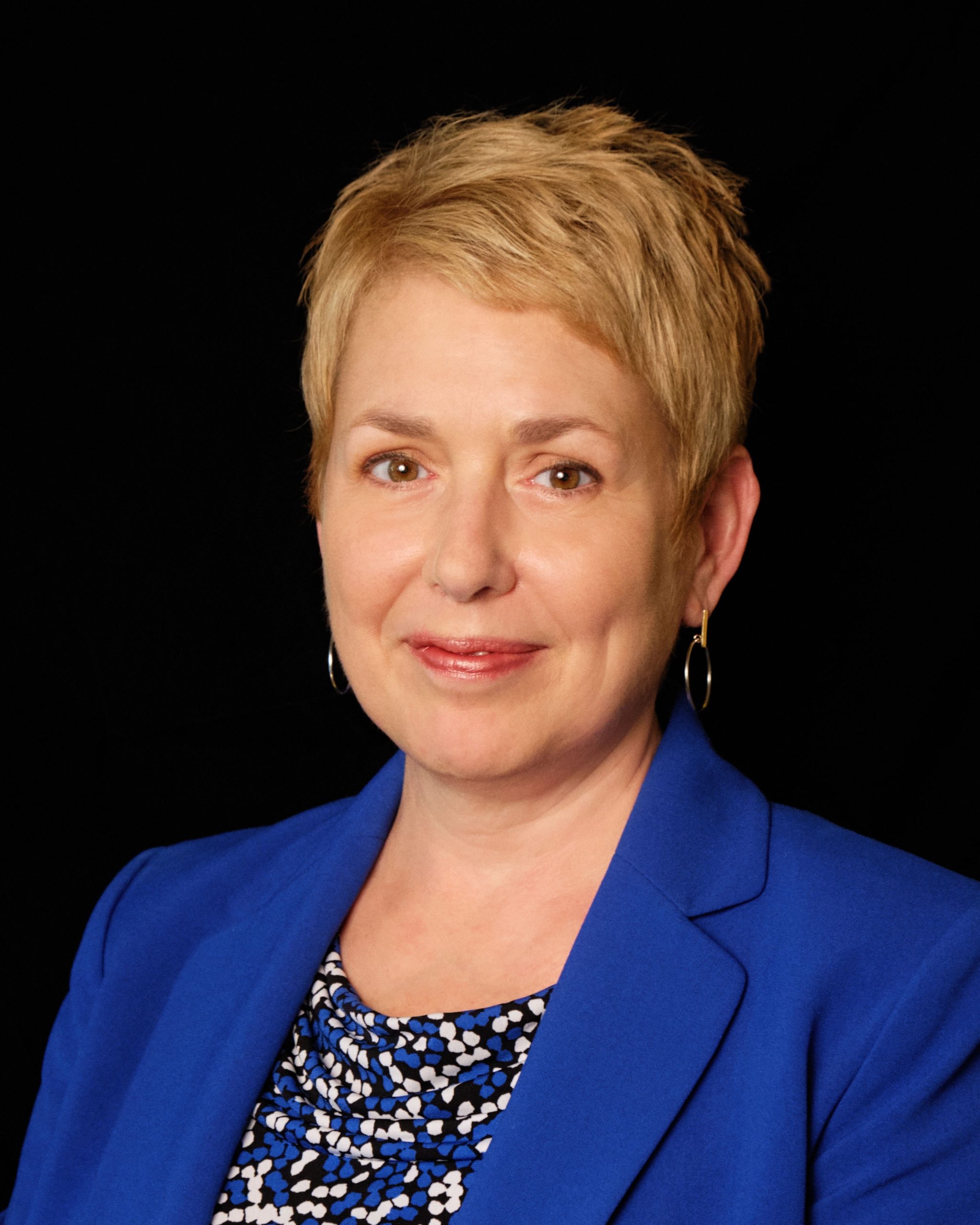November is recognized across the country as National Runaway Prevention Month, a public awareness campaign designed to “shine a light” on the experiences of runaway and homeless youth and the barriers they face that too often remain invisible.
When we think about youth homelessness, we often think about the gritty images we see in the media, like youth sleeping on park benches or in makeshift camps. We also may think youth homelessness is an urban issue, affecting St. Louis and Kansas City but not the rural areas across our state. The reality is that youth homelessness is much more complex, which requires an equally complex system of resources and partnerships to successfully reach the youth in our community.
In Missouri, youth homelessness is most definitely a statewide issue. Public school data reported to the U.S. Department of Education during the 2016-2017 school year shows that an estimated 32,133 public school students experienced homelessness over the course of the year.
When I think about youth homelessness, I think about teens like Natasha. Natasha was a Youth In Need client whose mom died when she was 12. She spent the next several years moving around with family members until she returned to St. Louis to live with her father. Unfortunately, that wasn’t a safe or healthy environment for Natasha. To cope, she immersed herself in school, track and swim in high school.
At the recommendation of her counselor and coaches, Natasha came to Youth In Need’s Transitional Living Program (TLP) group home. A group home and supported living apartments, TLP offers teens and young adults, ages 16 to 21, who are experiencing homelessness an opportunity to learn independent-living skills and to work towards educational and employment goals and become self-sufficient.
After graduating from high school, Natasha went away to college. And like many parents do at the beginning of a school year, Youth In Need’s staff helped Natasha pack and move into her dorm. And also like many parents, staff and a wonderful mentor from the Board of Directors stay in touch frequently, helping her navigate college life and giving her support when she’s feeling overwhelmed.
Natasha’s success is one of those shiny examples that we like to hear. But it’s important to note that success looks different for each of the homeless youth we serve. Sometimes success is getting a driver’s license, completing a job readiness program, working a full-time job, earning and saving money and maintaining employment for an extended period of time — all things we celebrated with our TLP youth this year.
However, the barriers homeless youth face often make achieving simple successes tough. Access to education is difficult for homeless youth. While federal and state laws ensure that youth experiencing homelessness are able to attend school and receive transportation, it’s a lot for a young person or family who is homeless to maintain a focus on education and take what could be a very long bus or cab ride to school from constantly changing locations.
Additionally, access to medical care is often difficult for homeless youth. While efforts continue to decrease the age of medical consent, homeless youth currently cannot receive medical care for non-emergent issues, like strep throat or a sprained wrist. Although Missouri has the Qualified Minor law, which allows a homeless youth in shelter to sign for his or her own medical care, there is nothing that requires medical facilities to accept a youth’s signature. Furthermore, many don’t allow it or understand how the law works.
While we’re doing great things at Youth In Need and work to end youth homelessness every day, the unfortunate reality is that the demand for services is so much greater than what we’re able to provide. There are never enough long-term housing options, and many youth will jump from shelter to shelter or stay in unsafe situations in order to survive.
If you ask Natasha about her experiences, she will tell you: “I am not my circumstances.” That’s a powerful thought from a young person who has experienced so much in her life. And if there’s one thing I know for certain, it’s that we — service providers, law makers and community members — must continue to work together to improve circumstances for homeless youth in Missouri.

